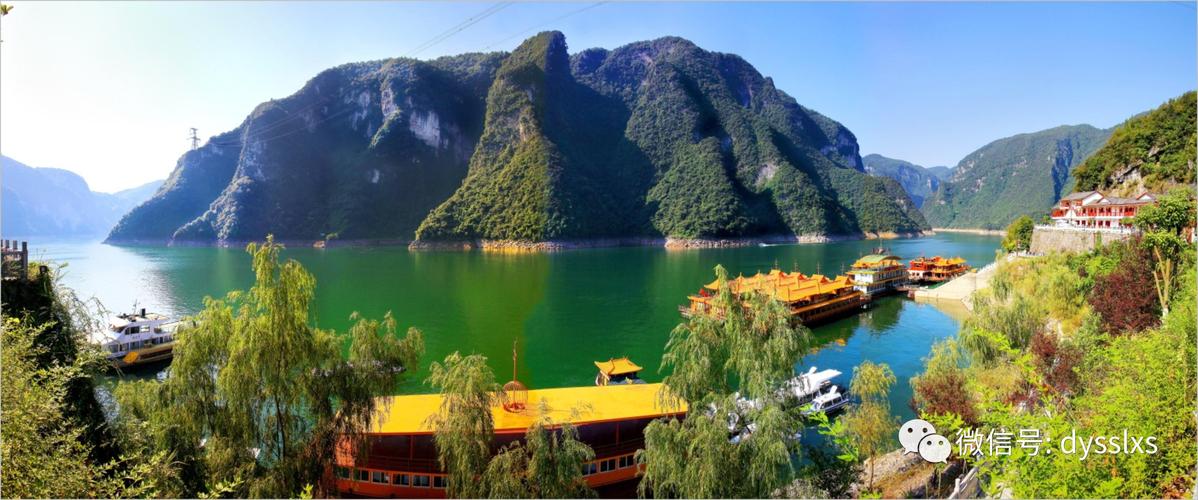Heritage Preservation: Protecting Our Cultural and Historical Legacy
Our cultural and historical heritage is an invaluable treasure that must be preserved for future generations to come. From ancient monuments and archaeological sites to buildings, artworks, and archives, our shared cultural and historical legacy provides us with a sense of identity, continuity, and belonging that transcends time and space.
However, preserving our heritage is not an easy task. Over the centuries, our cultural and historical legacy has faced numerous threats, including war, natural disasters, urban development, and neglect. Moreover, with the rise of globalization and mass tourism, our heritage is increasingly at risk of commodification, appropriation, and destruction.
Therefore, protecting our cultural and historical heritage requires a concerted effort from all stakeholders, including governments, communities, experts, and the general public. In this article, we will explore some of the key challenges and solutions for heritage preservation, as well as some inspiring examples of successful heritage conservation projects from around the world.
The Challenges of Heritage Preservation
Heritage preservation is a complex and multifaceted task that involves many challenges, including:
1. Lack of Awareness: Many people are unaware of the value and significance of their cultural and historical heritage, and may not understand the importance of preserving it for future generations.
2. Lack of Resources: Heritage preservation requires significant resources, including funding, expertise, and infrastructure. However, many heritage sites and buildings are underfunded, understaffed, and poorly maintained.
3. Climate Change: Climate change is causing rapid environmental changes that threaten many heritage sites and buildings, such as rising sea levels, increased flooding, and more frequent extreme weather events.
4. Conflicts and War: Many heritage sites and buildings are located in conflict zones, making them vulnerable to damage and destruction from war and terrorism.
5. Urban Development: Rapid urbanization and infrastructure development can lead to the destruction of heritage sites and buildings, as well as their surrounding landscapes and communities.
Solutions for Heritage Preservation
Despite these challenges, there are many solutions and strategies that can help to protect our cultural and historical heritage, including:
1. Public Awareness and Education: Raising public awareness and education about the value and significance of our cultural and historical heritage can help to generate support and funding for preservation efforts.
2. International Cooperation: Heritage preservation requires international cooperation and collaboration to address global issues such as climate change, war, and urbanization.
3. Innovative Technologies: New technologies such as 3D scanning, virtual reality, and augmented reality can help to document, preserve, and communicate heritage sites and buildings in innovative ways.
4. Community Involvement: Engaging local communities in heritage preservation efforts can help to build sustainable partnerships and ensure the long-term survival of heritage sites and buildings.
5. Legal Protection: Enacting laws and regulations to protect heritage sites and buildings can help to prevent their destruction and promote their preservation and conservation.
Successful Heritage Conservation Projects
There are many successful examples of heritage conservation projects from around the world that showcase these solutions and strategies in action. Some of these projects include:
1. The Great Wall of China: This iconic monument has been undergoing extensive preservation efforts in recent years, including the use of high-tech monitoring and restoration techniques.
2. The City of Venice: This historic city is facing challenges from rising sea levels and increasing tourism, but innovative conservation efforts are being undertaken to protect its unique cultural and historical heritage.
3. The High Line in New York City: This former railway line has been transformed into a unique public park that preserves the industrial heritage of the city while promoting sustainable urban development.
4. The Historic Centre of Rome: This UNESCO World Heritage Site has undergone successful conservation and adaptation efforts to preserve its unique cultural and historical identity while promoting economic and social development.
Conclusion
Heritage preservation is a crucial task that requires the collaboration and effort of all stakeholders to ensure the protection and promotion of our shared cultural and historical legacy for future generations. By raising awareness, investing in resources, engaging local communities, and leveraging innovative technologies and legal protections, we can contribute to the preservation and conservation of our heritage, and ensure that it remains a source of inspiration and identity for centuries to come.
(Note: Do you have knowledge or insights to share? Unlock new opportunities and expand your reach by joining our authors team. Click Registration to join us and share your expertise with our readers.)
Speech tips:
Please note that any statements involving politics will not be approved.
